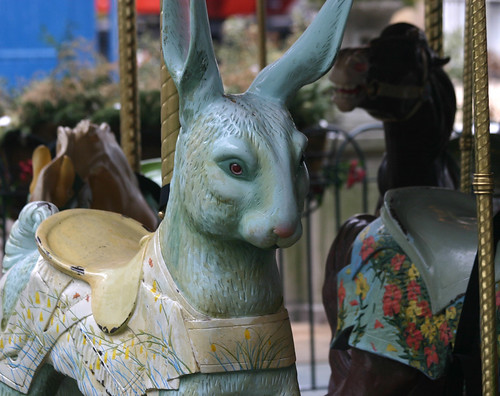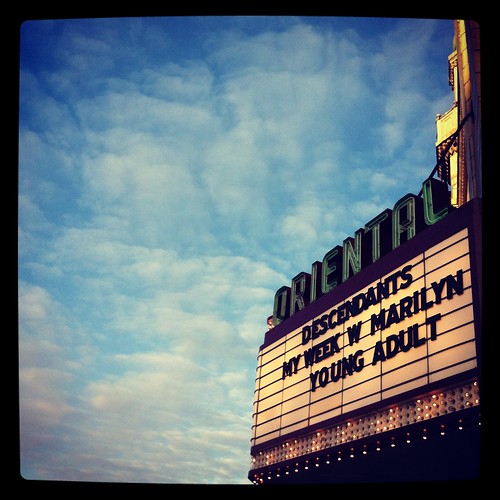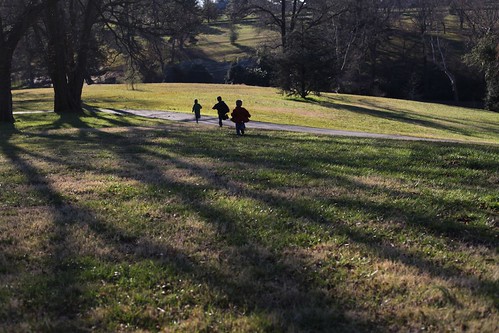This innovative app, available through mobile devices, will allow users to look at historic elections in terms individual stances on military support. This app will avoid the traditional blue/red U.S map depiction and will instead offer the opinions of presidential candidates regarding military spending. Users will be given quotes and audio clips from actual presidential candidates and will then be prompted to match the stance to the correct candidate. This decision will be timed in order to discourage users from googling the answer. Research for this program will rely exclusively on primary sources, such as newspapers, video and audio clips and more recently tweets.
The purpose of this app will be to offer users different perspectives on a continually important issue. It will also highlight how the issue of military spending does not always follow party lines. It will also debunk many of the common stereotypes regarding who supports military spending and why. The expected audience for this app is high school to college aged students and history enthusiasts. We hope that this app will encourage users to ask new questions regarding election issues.




